You are more likely to see an otter today in the UK than ever before, yet their elusive nature still makes them a difficult spot.
Our guide explores the history of the European otter, or Eurasian otter, in Britain, from the 1950s when the species was endangered and on the the brink of extinction to the still-rare yet widespread populations of the present day.
We also look at the key characteristics of the European otter in the UK, what they eat, where they live, what their homes are called the best places to see them.
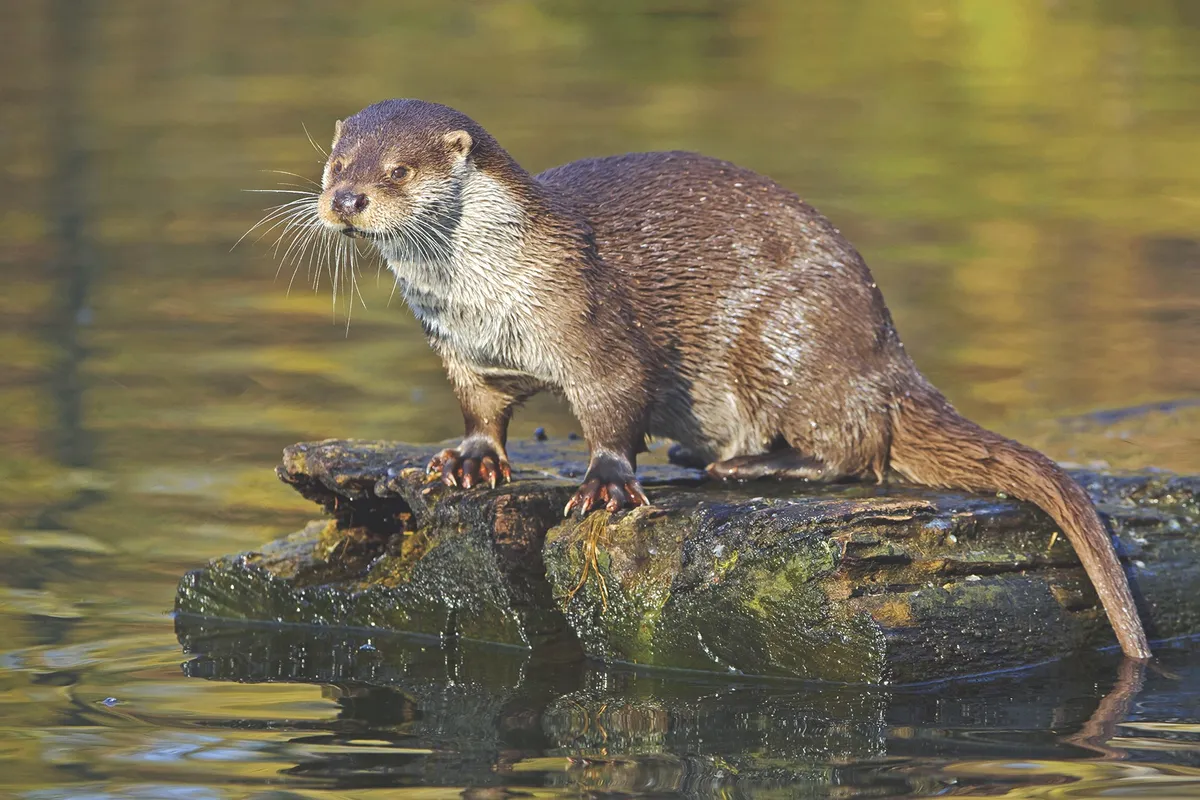
What is an otter?
The European otter, or lutra lutra (scientific name), is a carniverous mammal of the Mustelidae family (mustelid). There are seven species of mustelid living in the wild in the UK, each varying widely in looks and behaviour. Generally speaking mustelids are long-bodied, short-legged, thickly furred and tend to be active at night, which makes them elusive.
Otters are adapted to life on both land and in water. They have webbed feet for swimming, dense fur for warmth, and can close their ears and nose underwater. The otter is a fish hunter, though it happily eats waterbirds, amphibians and crustaceans too, including American signal crayfish. At 8kg, it is our second-largest mustelid and is becoming increasingly common in our rivers and lakes as its numbers rebound after centuries of persecution.
Where do otters live?
Otters seek clean rivers, filled with food and overgrown banks where they can raise their cubs. Their favourite habitats include wetlands, rivers and coastlines. Though still considered rare, the species is widespread in the UK and can be seen in almost every county. For the best chance of spotting an otter, head to Scotland, the west coast of Wales, East Anglia and South West England.
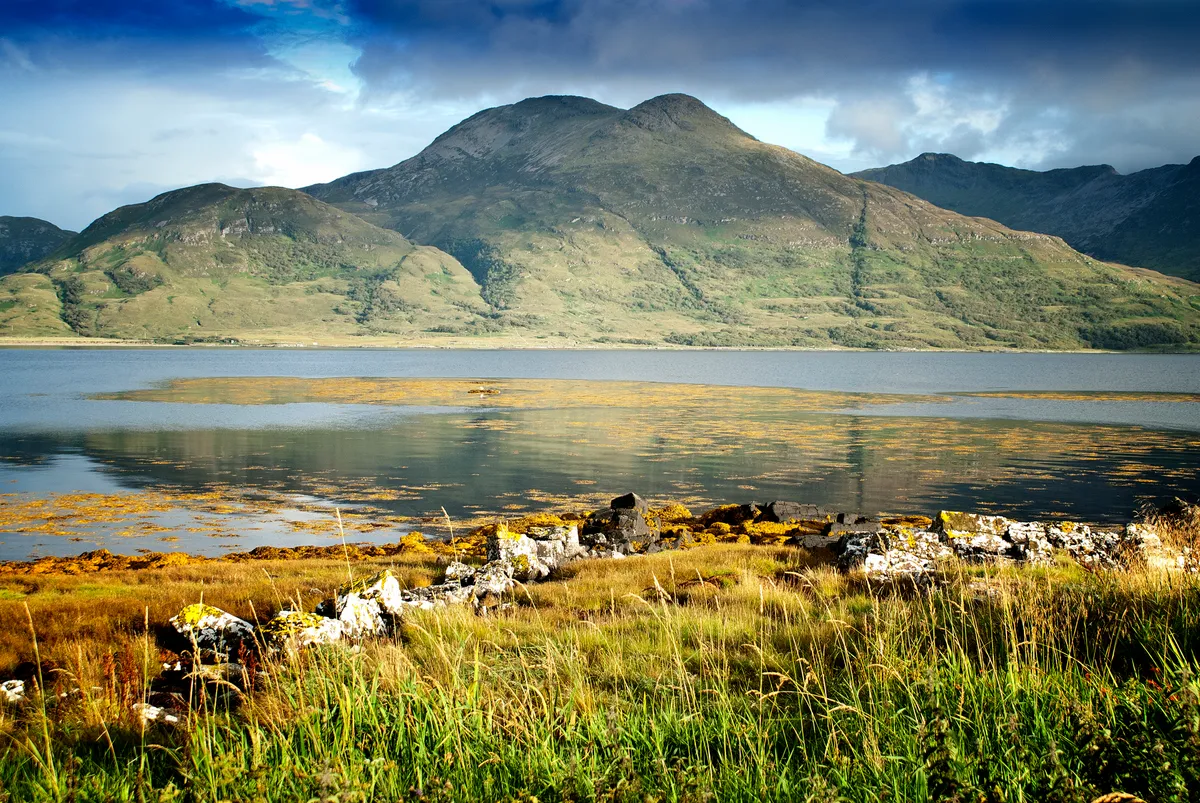
What is an otter's home called?
Otters make burrows underground to rear their young. An otter's home is known as a 'holt'.
What is a group of otters called?
A group of otters is known as a 'romp' or 'lodge'. Otter groups are also referred to as a 'bevy' or a 'family'.
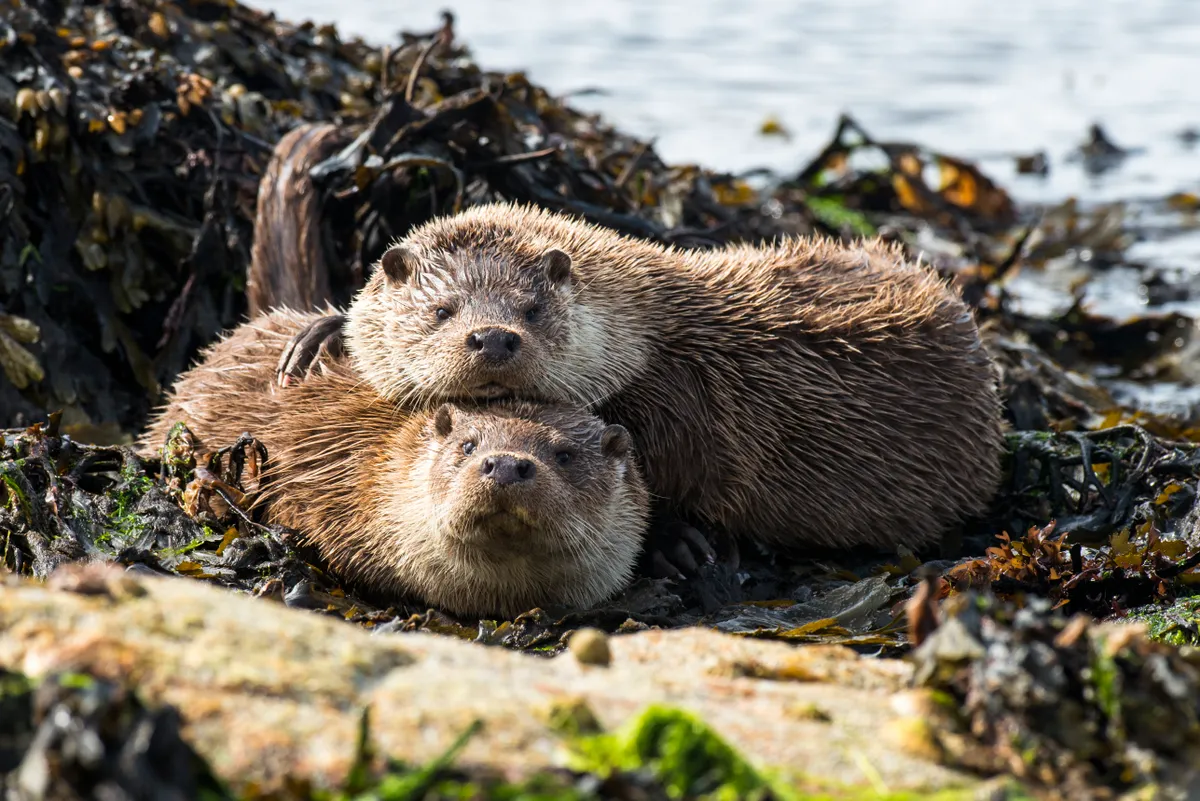
What do otters eat?
The otter's diet is mostly made up of fish, particularly eels and salmonids (salmon, trout, chars, and graylings), though it happily eats waterbirds such as coots and moorhens if given the chance. Amphibians are added to the menu in spring, and otters will also eat crustaceans, including American signal crayfish.
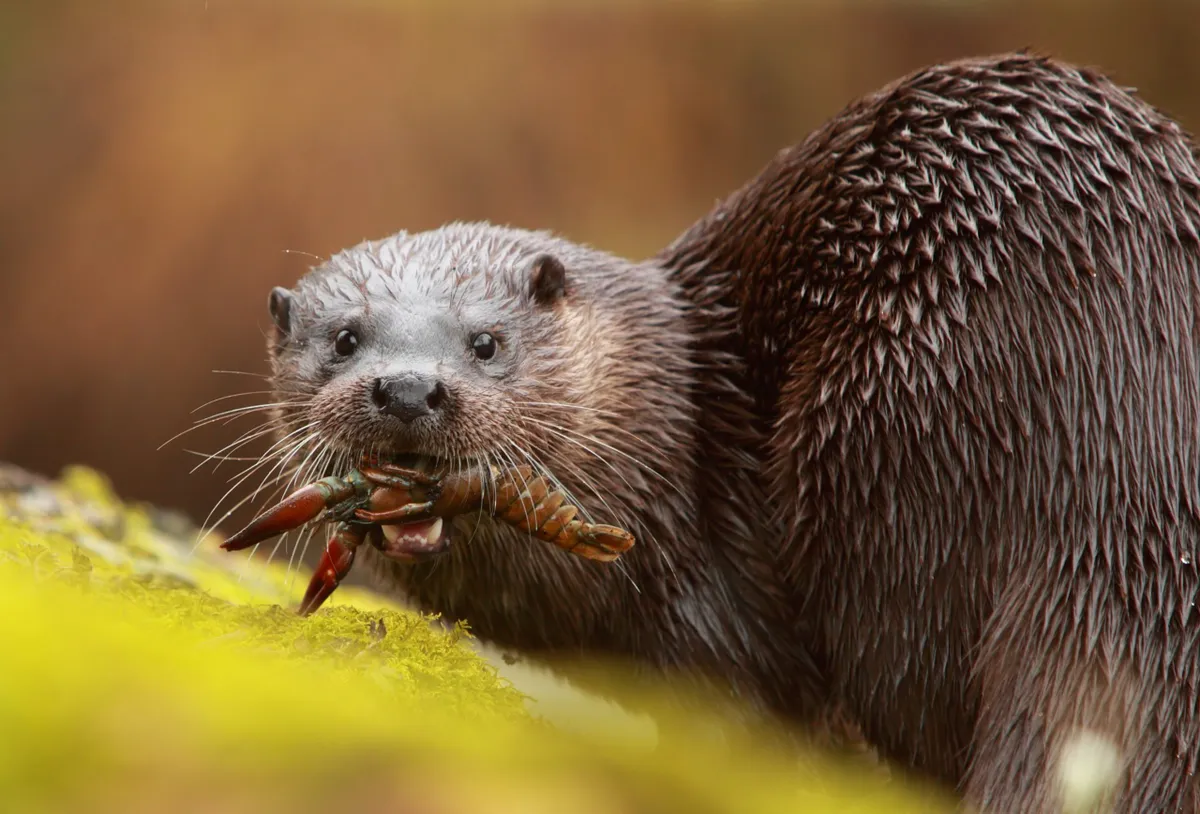
When is the best time to see otters?
Otters breed all year round and you are as likely to see one in the depths of winter as you are at the height of summer.
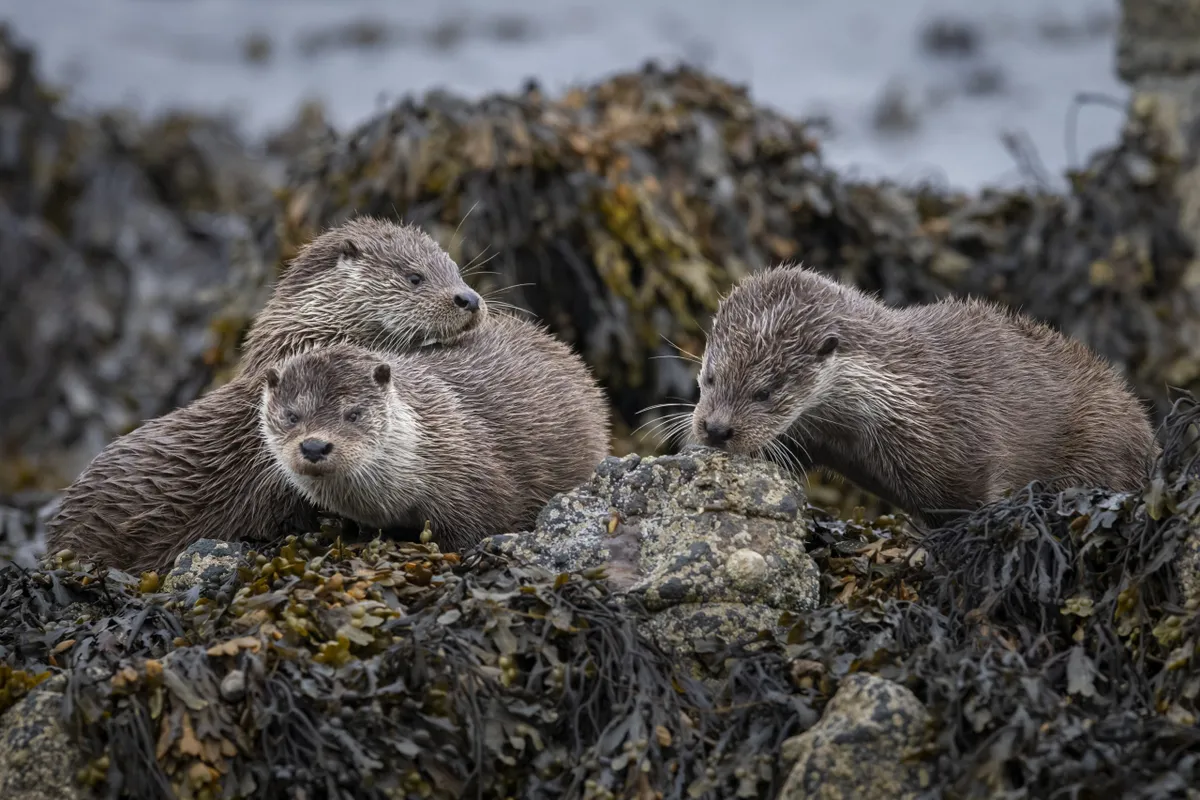
The history of otters in the UK
Twenty-five years ago, The English otter population was on the brink of extinction after half a century of agricultural chemicals leaching into the rivers and polluting the food chain. Thankfully, following the ban of these chemicals in the early 1990s, water quality increased and the slow-road to recovery began. Fish populations returned to the rivers and lakes, and as a result you are more likely to see an otter today than at any time in the past sixty years.
The revival of the otter (Lutra lutra) across Britain has been one of the great conservation successes of the past 50 years. Having been threatened with extinction in the late 1950’s, numbers have slowly recovered, and following a ban on hunting in 1978 and improvements to river quality, otters can now be found in every British county.
The otter's celebrated return to Britain's rivers isn't welcomed by everybody. Some commercial fishery owners are concerned that these supreme aquatic hunters are taking prize specimen fish and there have even been calls for otter culls.
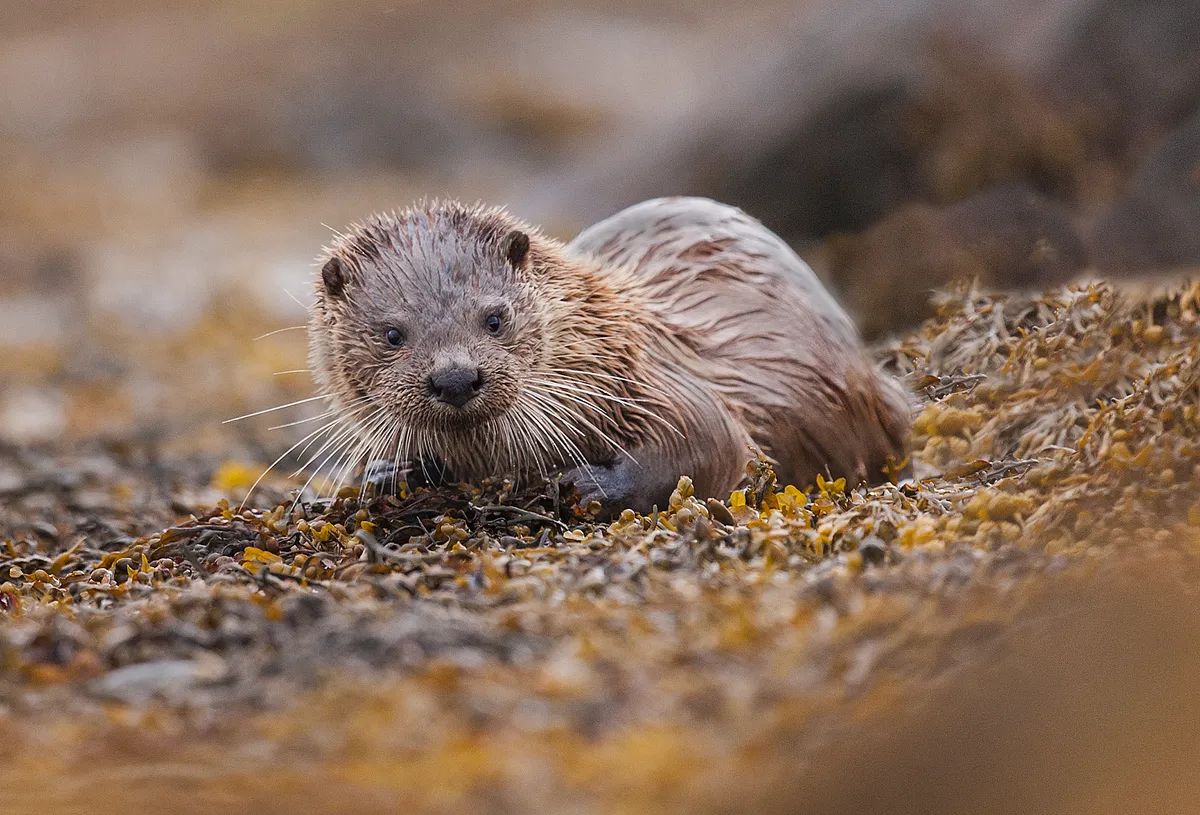
Otter problems and solutions
This isn’t good news for everybody however. Many anglers are anxious of the impact that otters are having on fish stocks, while some fishery owners are concerned for their livelihoods. Otters are efficient hunters, quite capable of catching prey as heavy as themselves, but are they really a threat to our fish stocks? After all, a healthy ecology should support both predator and prey.
A rise in predator population will normally force a short term drop in prey species, and on rivers where otters have only recently colonised the impact can be marked. In some situations, high profile stretches of water have been affected. In recent years, the two biggest known barbel in Britain are believed to have been predated by otters – both from rivers, The Great Ouse and Ivel, where the mammals have only recently returned.
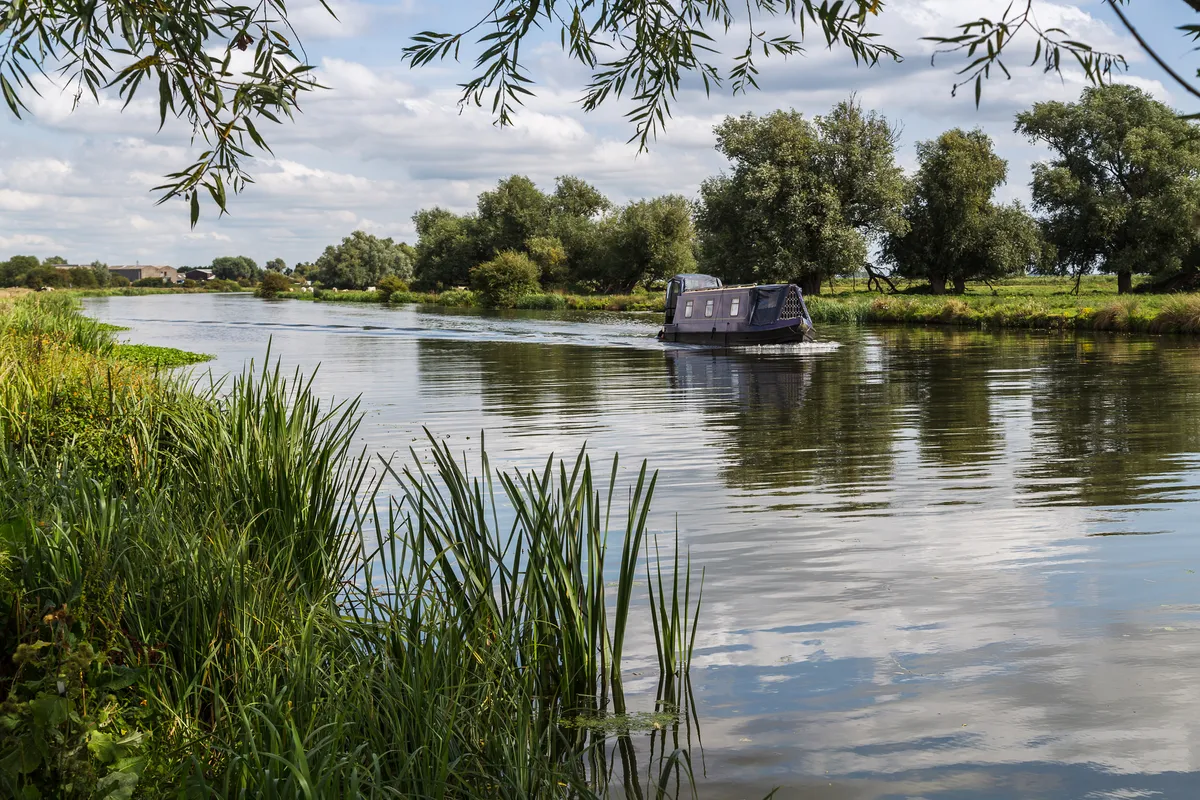
While the presence of otters might have an impact on existing fish stocks, this will be a relatively short term trend. As affected fish species evolve to cope with the presence of otters, so a natural balance will form. In the long-term, the otter can play a key role in a river’s ecology, and perhaps help to check the spread of alien species such as the signal crayfish and mitten crab.
The owners of managed fisheries cannot afford to wait for this equilibrium however. A thirty pound carp may be forty years old and cannot be easily replaced, and anglers will not be interested in fishing a water that has a depleted stock. Many commercial fisheries are man-made but fed by streams which otters may follow, and a heavily stocked lake is a perfect otter larder.
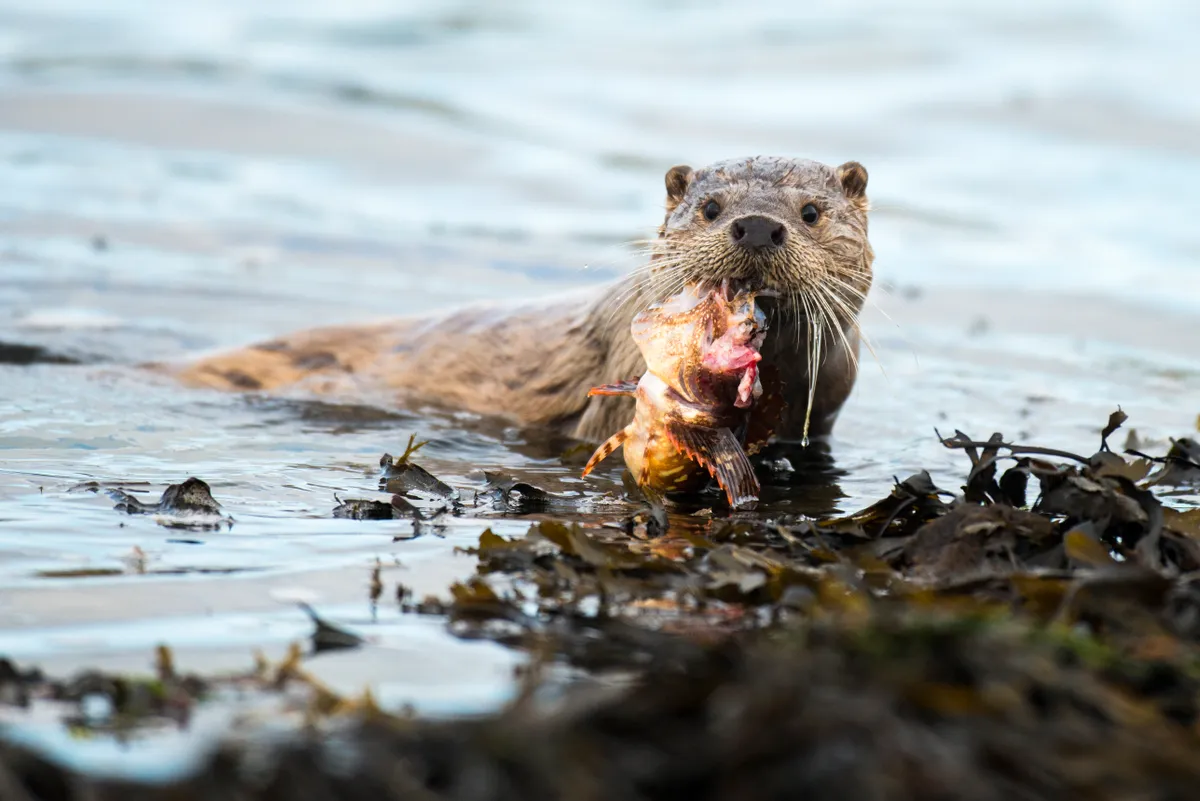
Some fishery owners have installed fences around their lakes, but are powerless should an otter find its way inside. These mammals are fully protected under Schedule 5 of the Wildlife and Countryside Act 1981, meaning it is illegal to capture, kill, disturb or injure an otter, regardless of circumstance.
Over the past two years, a group headed up by the UK Wild Otter Trust, the Angling Trust, the Predation Action Group, and independent fishery owners have been working to address this situation. And as a result, Natural England have recently issued the first licence allowing the trapping and removal of otters from within a fenced fishery.
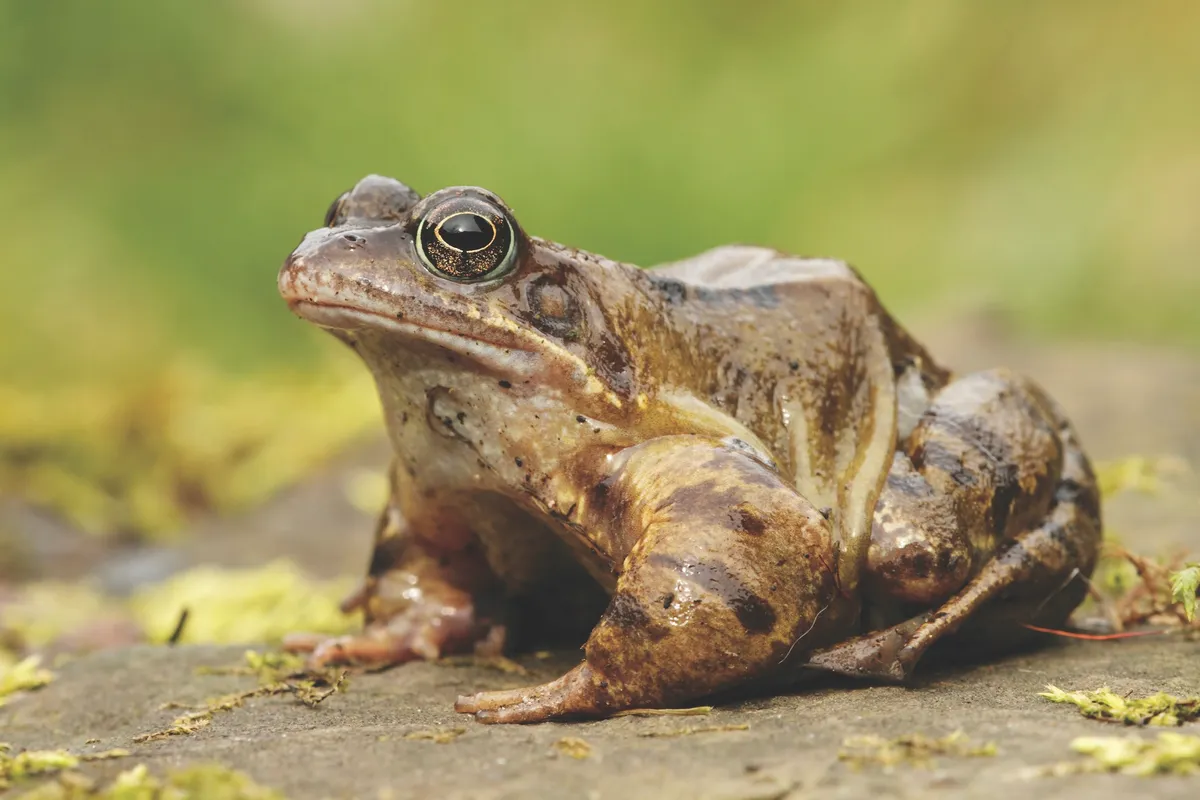
Once caught, the otter will be released immediately outside the fishery boundary causing the animal minimal distress and allowing it to remain on familiar or established territory.
In a world where so many issues become polarised, this is a landmark victory for common sense. For as long as anglers and conservationists can work together and remain proactive, the otter can be a welcome and integral part of our aquatic environment.
How to spot otter tracks?
Stay quiet. Look out for muddy, semi-circular slides on the side of the river. There may be five-clawed footprints in the dirt where the otters have hauled themselves in and out of the water. Otter droppings, or spraints, are often used to mark territory.
How to track animals in winter
Where to spot otters
Shetland, Scotland
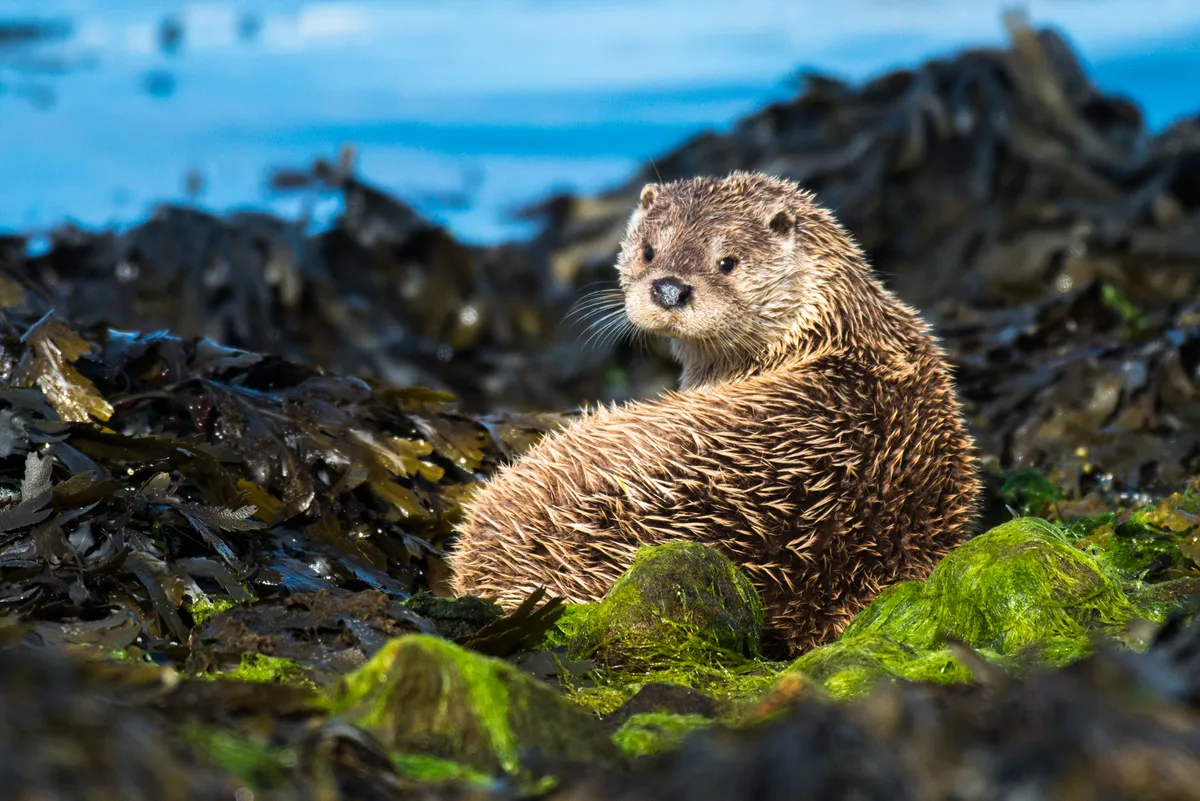
Otters are elusive, elegant fish hunters but are becoming more common across the UK. But in Shetland, they are seen commonly all round the coast. Join naturalist James Fair as he headed to otter central to record a podcast about otters with expert John Campbell.
Bosherston and Stackpole, Pembrokeshire, Wales
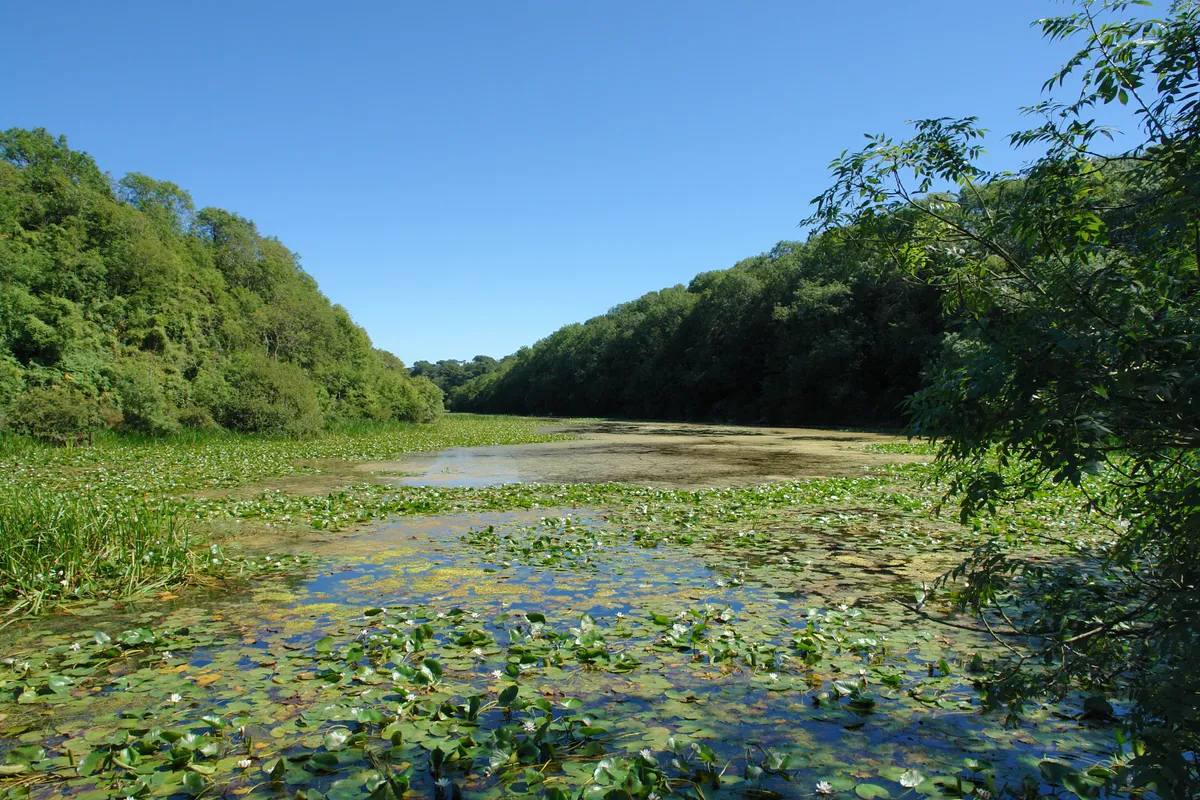
These freshwater lakes support bats, birds, butterflies and a good population of otters. Eels, tench, pike and perch provide the otters with plenty of food, and it's not uncommon to see them playing about in the lily ponds.
Cricklepit Mill, Devon Wildlife Trust, England
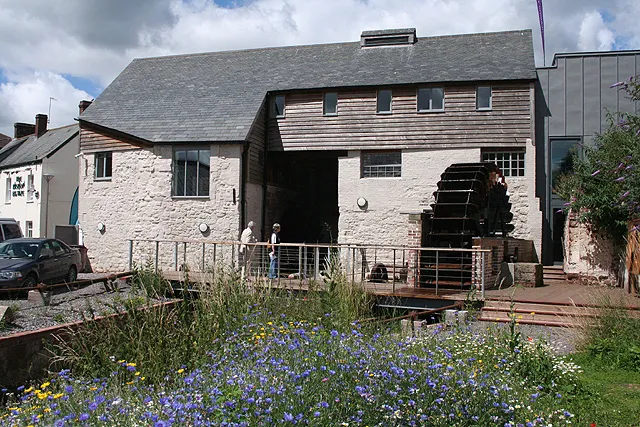
In the heart of Exeter City Centre, this urban location provides an easily accessible place to spot an otter. There’s even a hide you can use to wait without being spotted. You may smell an otter before you see one, as their droppings, which are called spraints, each carry their own idiosyncratic scent. This provides a means of communication for each otter and can also indicate that an otter is nearby.
Exeter City Centre. 15 mins on foot from bus station and 20 mins from the train station. Grid ref: SX 919 922. Open weekdays except bank hols.
Wolseley Centre, Staffordshire Wildlife Trust, England
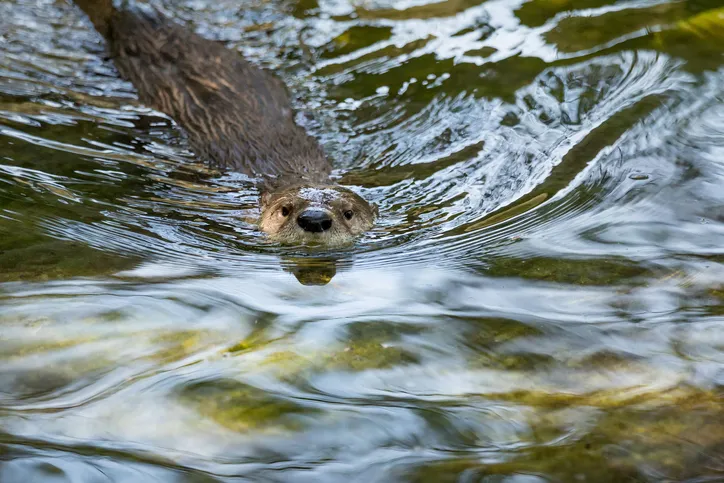
Otters have been sighted on Wolseley Centre’s special night vision camera. The camera, positioned on the banks of the brook that leads into the River Trent, has recently captured numerous images of otter activity. Although otters are most active at nighttime, the footage confirms that this beautiful site does indeed play host to these sought-after creatures and so otter seekers are in with a great chance of catching a glimpse of them, even in the day.
Directions: In Wolseley Bridge, on the A51 approx 2 miles NW of Rugeley. Grid ref: SK 024 202.
Ranworth Broad, Norfolk Wildlife Trust, England
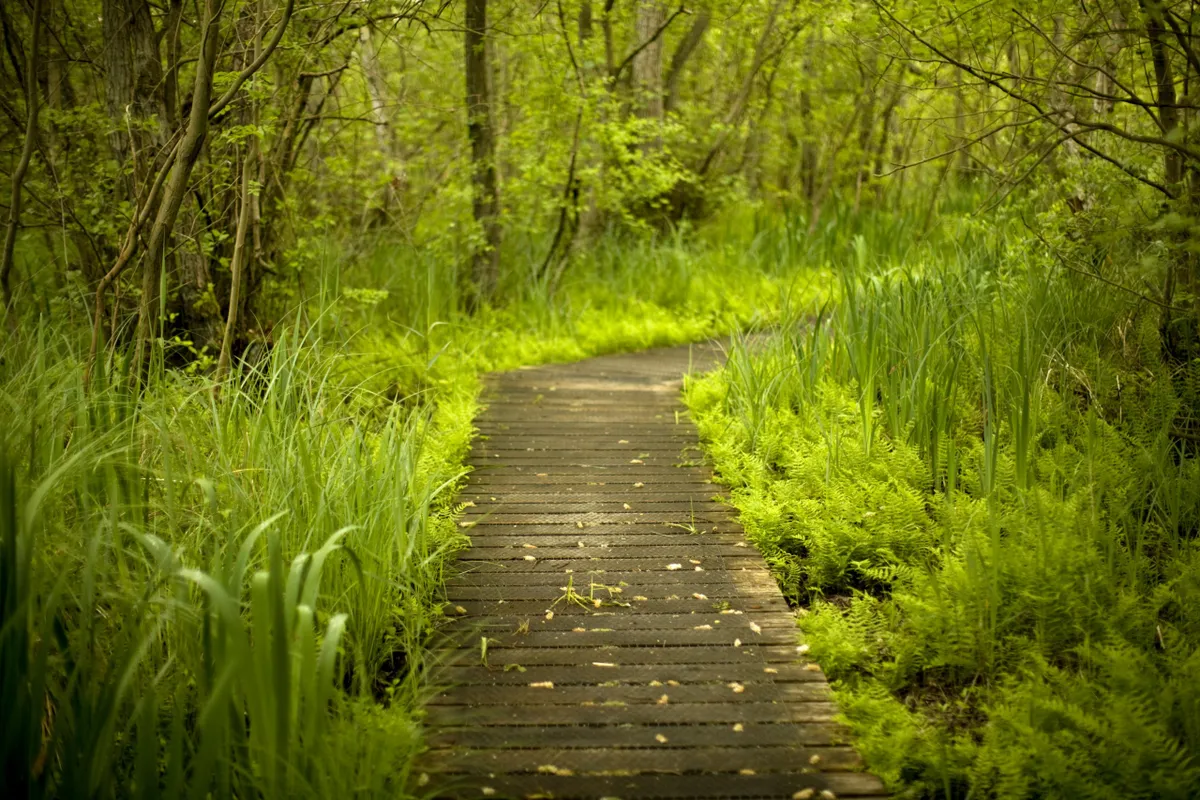
The floating Broads Wildlife Centre enables you to spot its otters by boat. The Norfolk’s Wildlife Trust runs electric boat trips every 45 minutes, departing at 10:45am, 12:15pm, 2pm and 3:30pm. When in the water, otters swim very flat on the water’s surface, becoming increasingly visible when they dive, as their tail becomes arched above the surface. This makes the otters noticeable from a distance.
Bubbles are also an indication of otter activity. Otters close their nostrils when they are beneath the surface; this causes air to be forced from their coats, which leaves a trail of bubbles on the surface of the water. Otters also leave a v-shaped wake behind them as they swim, meaning that the surface of the water can hold many clues as to the whereabouts of a nearby otter.
Directions: Close to the village of Ranworth, look for signs for Broads Wildlife Centre Car-park. Grid Ref: TG 358151.
Visit Ranworth Broad and Marshes
Aughton Woods, Lancashire, England
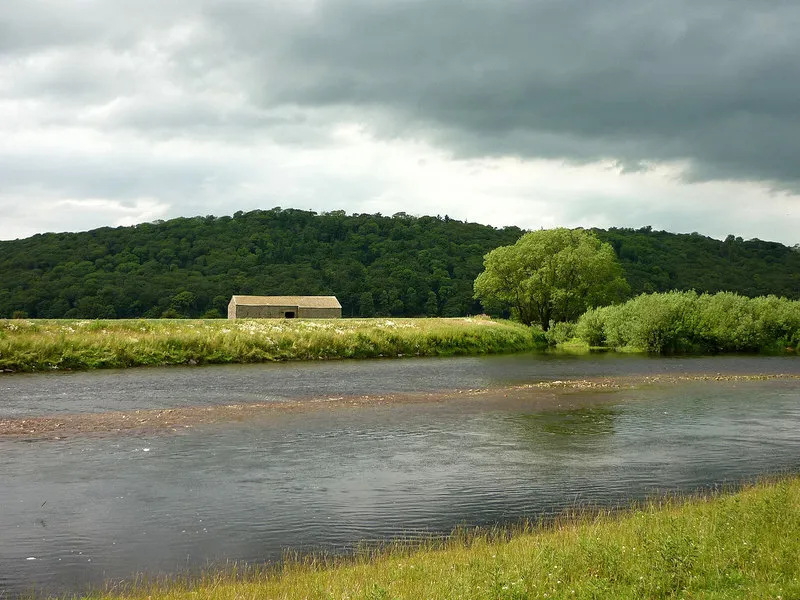
This woodland wonder provides ample opportunity for otter spotters. The clue to carefully look at the trail, as footprints are a key indication of otter action. An otter’s footprints are usually asymmetric and often display only four toes, despite the fact that they actually have five. The footprints range in size, from between 40-80mm across and are not to be confused with Mink prints, which are much smaller.
Directions: 5 miles NE of Lancaster between Aughton and Caton. Car Park at Crook ‘o Lune; public footpath along the river. Grid ref: SD 543 663.